The New Year’s Essentials In Japan

Celebrating the New Year in Japan involves many different traditions, all of which have their own significance and style. Decorations and visits to shrines or temples are just some of the many things that make this holiday interesting.
New Year’s in Japan has many different customs to it, and a rather complex food culture involved as well, with dishes like toshikoshi soba, zoni, osechi all being an integral part of the celebration. Once you've gotten the food sorted, there are many decorations that will add to the festive atmosphere in your home, and plenty of activities that will make your New Year's perfect.
Home Decorations
The preparations for the New Year begin in early December. One of the Japanese customs related to New Year's Eve is oosoji - cleaning the house neatly on this day, in order to be able to welcome the deities of the New Year in one's home.
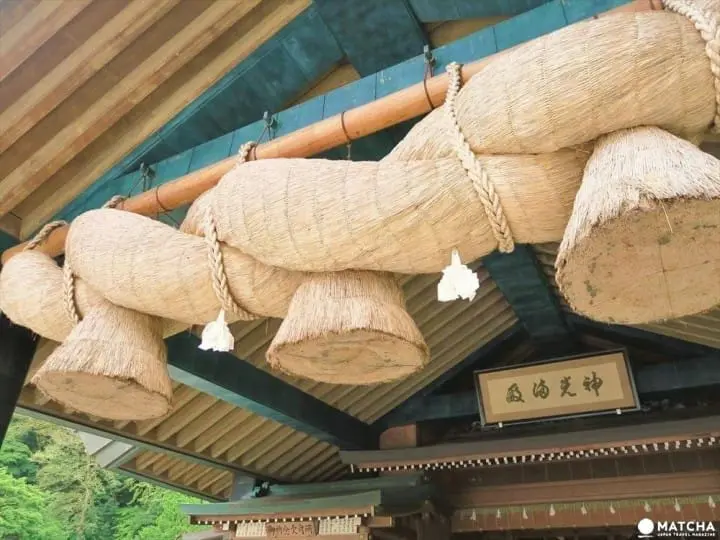
One item that you are sure to see at any Shinto shrine or sacred area is the shimenawa, a woven straw rope that designates a given area or space as being sacred and to protect it from evil spirits.

While the shimenawa at shrines are often quite large, shimekazari are a much smaller and a special type of shimenawa that you can have in your home. These sacred ropes are common New Year decorations and come in a wide variety of styles, with many different auspicious objects included on them. Having one of these on your front door or in your home is said to ward off evil and keep your New Year lucky.

Kagami mochi are a special type of mochi cake that is offered to Toshigami-sama: deities of the year that are said to bring good fortune with them. Composed of two layers of flattened mochi cakes and topped with either a mikan or a daidai fruit, kagami mochi are placed on a special stand or tray and are left on display until January 11th when they are finally eaten. Although you can purchase ready-made kagami mochi in supermarkets and department stores, homemade kagami mochi are also quite popular.
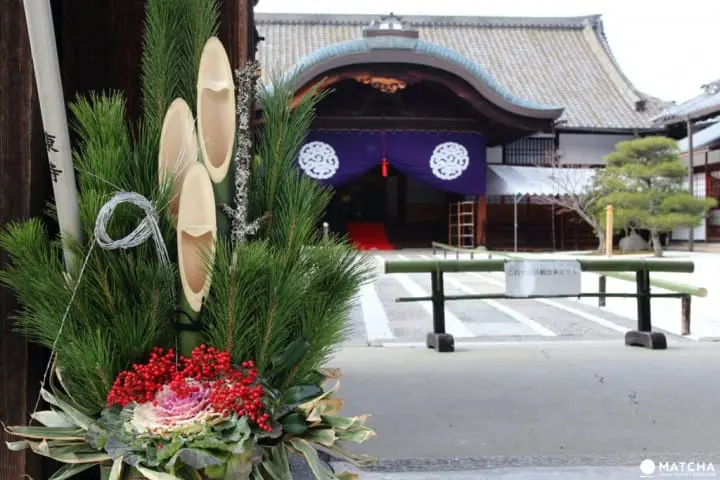
Kadomatsu are paired pine decorations that are placed at the entrance of most buildings in Japan, usually starting from Christmas Day and lasting until January 7th. The standard kadomatsu feature three bamboo poles of different lengths cut on the diagonal, with pine tree branches and plum tree sprays tied to them with straw ropes. Pine trees, bamboo and plum are all considered lucky in Japan, with pine especially being a symbol of longevity and very lucky for the New Year.
Important Activities
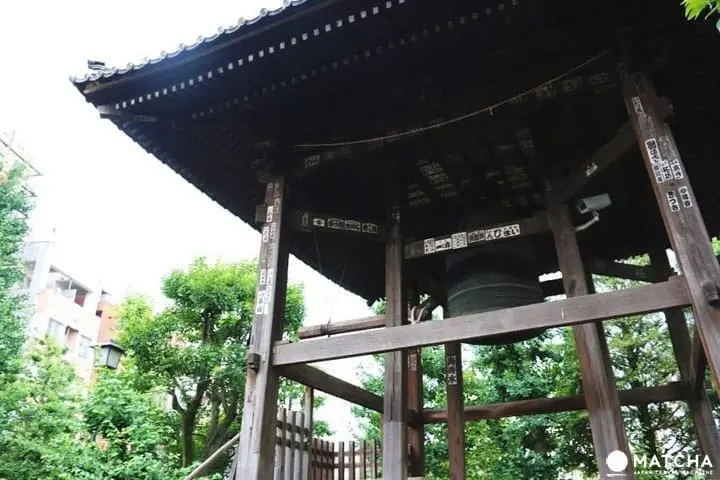
On Omisoka - the New Year's Eve, there are plenty of activities that end the year right, from Western-style countdown parties in Shibuya to family events at homes all across the country. After watching the "Kohaku Uta Gassen" - a popular music show on NHK television, you will find that every channel suddenly features live broadcasts from major shrines and temples throughout Japan. This is to broadcast a particularly significant event known as the joya no kane, the ringing of temple bells. While not all 108 peals are typically shown, the final few as the clock ticks over to midnight are very exciting indeed.
After celebrating all through the night, you are ready for the first dawn of the new year. Hatsuhinode is the term used to describe the pilgrimage that many make to view the sunrise on January 1st. Beaches, mountains, and national parks make the perfect places to see the sunrise, so why not head out to your favorite natural spot and enjoy this lucky view?
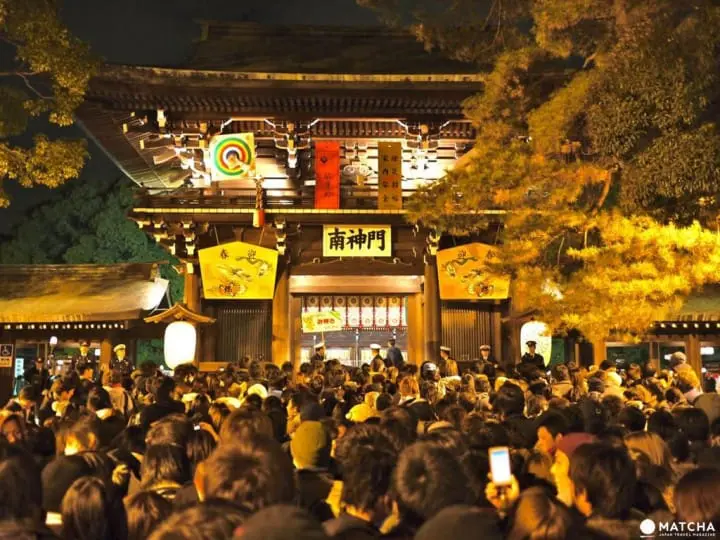
Following this trend, another first that must take place is hatsumode, or the first temple or shrine visit of the year. Temples and shrines are exceptionally crowded at New Year's, so you can expect to wait for a while before you actually reach the main building itself. After you finally make your wishes at the shrine or temple of your choice, then there are two things that you need to remember to do: making your wish for the year, and finding out your fortune for the coming year.
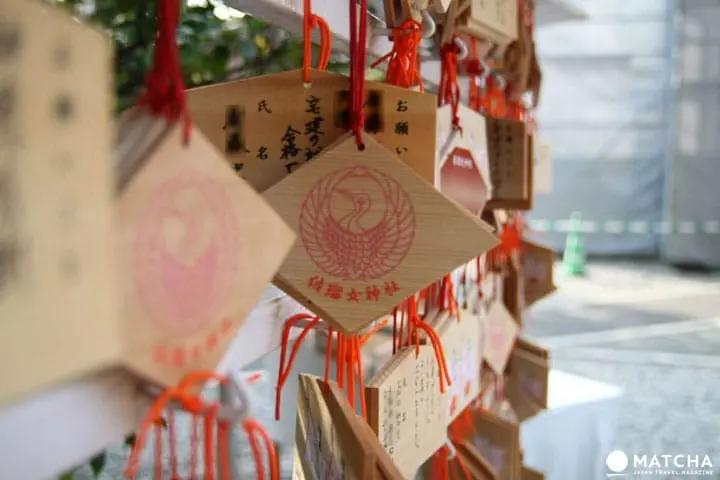
Ema are wooden plaques sold at shrines and temples on which you write your prayer or wish for the New Year. These plaques originally came in more or less the same shape with an illustration of a horse on it, but nowadays you can purchase ema with drawings of the shrine or temple, illustrations of traditional Japanese scenes or even anime characters on them.
Omikuji are special slips of paper with your fortunes related to work, health, money, and love written on them, as well as advice for the coming year. Sometimes lucky numbers and even auspicious items or colors are included on the slip too. Ranging from daikichi, being the best luck, down to daikyo, the worst luck, these slips of paper are a fun way to check out what the course of your year might be like. Whether you are visiting a temple or a shrine, there are some rules that need to be followed, and since the New Year is such an auspicious time, it is in your best interest to get your wishes and prayers done the right way. How to Properly Pray at a Temple and How To Visit A Japanese Shrine will explain the differences in how to pray at temples and shrines in Japan.
The Chinese Zodiac

Introduced to Japan in roughly the 3rd to 4th century, Eto, also known as the 'junishi', is referred to overseas as the Chinese Zodiac. This calendar system is broken down into 12 animals and 5 elements, with each animal correlating to a year; this cycle rotating every 12 years. Although Japan has celebrated the Western New Year since 1873, there are still elements of the eto system included in the annual New Year's celebrations. 2017 is the Year of the Rooster, and in every department store, bookstore, and even the post office, you will find pictures and posters featuring chickens in everything from cute, cartooney styles to elegant ink illustrations.
If you’d like to learn more about how to celebrate the New Year in Japan, check out our article on fukubukuro, the lucky bags full of discounted products that are available for sale at this time of the year: From Lucky Bags To Shrine Visits - Enjoy New Year The Japanese Way!
And, since this is the Year of the Rooster, you might find yourself craving some chicken, so why not check out this article: How To Enjoy Yakitori: A Guide to Yakitori Types and Restaurants too!
Writer, translator, designer, weirdo.
































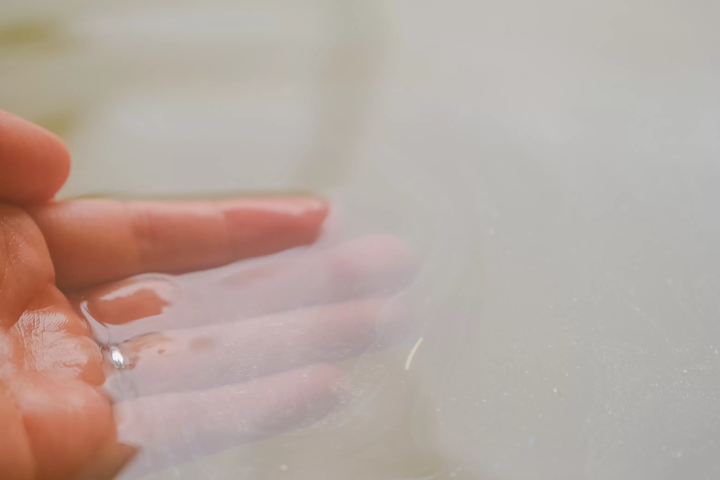


![[Wakayama Guide] Ume and Umeshu (Plum and Plum Wine)](https://resources.matcha-jp.com/resize/720x2000/2025/12/08-252248.webp)
![[2025 Update] From Kansai Airport to Namba - Recommended for travelers with large luggage! Travel comfortably by bus](https://resources.matcha-jp.com/resize/720x2000/2025/10/25-248088.webp)